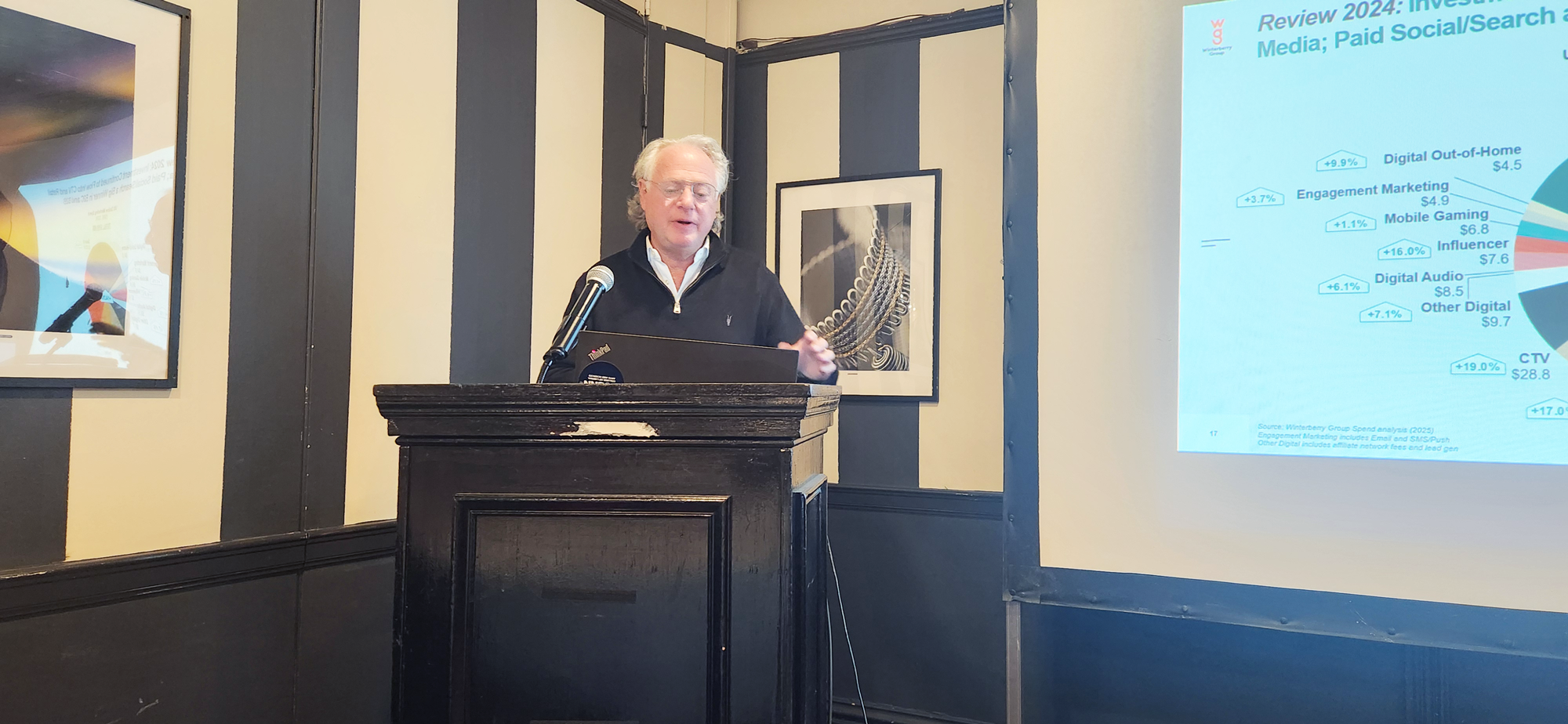

Provocateur:
The concept of audience is integral to digital advertising. But has the digital marketing industry’s obsession with audience diminished the importance of context?
The use of web browsing data as the bellwether of behavioral targeting is a workable solution for brands, publishers, and advertisers. It often produces quantifiable results in terms of increases in engagement and click-through rates. It also has the potential to deliver a subpar customer experience.
Consider the potential consequences of audience-based targeting that ignores context—which may be hard to see through its benefits:
The ability to track where people have been online allows brands to advertise out of context by assuming that the interest that had taken someone to, say, a car page persists when they visit another site and start reading about travel. Publishers benefit because, in many cases, they can sell previously unpopular inventory, and advertisers win because that previously unpopular inventory is cheaper than prime, contextually relevant ads.
But a huge percentage of advertising that’s programmatically traded is selected based on the attributes of each individual visitor to a page, rather than the content of the page they’re visiting.
This more generalized audience targeting approach is so popular that it has brought the ad industry to a new low in terms of the unregulated pursuit of consumers. It lacks awareness and undermines the complexities and nuances of human behavior in the online environment by assuming that a certain set of demographic and behavioral data such as age, location, income, and last site visited is sufficient user intel to justify the delivery of an ad message.
But at what cost? Inventory has become infinite and, because of the ease of audience targeting, we’re not considering the cost of someone’s time and what value we’re giving them in return. So, too often, we serve ads that deliver a poor customer experience.
The data plot thickens
We’ve all heard plenty about GDPR’s oversight of data practices and targeting methods to the point where our eyes glaze over when someone brings up the topic. But this significant piece of legislation puts a serious dint in the side of behavioral targeting by making the tracking of internet users via cookies ever
more difficult. At the same time, many industry insiders have said that the
GDPR-led marketing world will bring a cleaner ecosystem that will improve the customer experience by relying less on third-party data and focusing more on taking data seriously.
We shouldn’t need GDPR to use customers’ data responsibly. It’s our job as advertisers and marketers to add value, enrichment, and meaning to the consumer experience by truly understanding the context of where they are and what they’re doing online.
This is more than just a jargon-driven concept, it’s a value-based commitment to the promise that contextual targeting brings online advertising. It’s a movement we’re seeing among the advertising community to associate with better quality content. Period.
As a result, we’re also seeing a return to advertising’s inherent and deserved sense of dignity.
A return to better outcomes
The credo “right message, right person, right time” is a strategy that, while difficult, continues to prove worthwhile and true. Context provides advertisers and marketers with a way to better understand the “right moments” in a consumer’s day where messages will be valuable versus irrelevant or annoying.
But context isn’t just about the confluence of customer/message/timing; it’s also about placing ad units in the context of how people consume content. Overlaying an ad that’s contextually relevant will get better results for all of those involved, whether it’s the consumer, publisher, or brand. Studies have shown that contextual targeting performs better than cookie-based targeting used in behavioral campaigns. That means both a better customer experience and greater ROI.
At its core, contextual targeting is about creating moments and telling great stories that connect beyond the brand, that feel like part of culture rather than an ad selling a product. And that’s when you start seeing better outcomes.
An ad executive at a recent industry roundtable in London put it succinctly:
“With audience targeting, we’ve struggled to find out when someone needs an oil change. But there is an interesting opportunity with contextual marketing to better understand the behaviors someone might make when they are in that frame of mind, in order to serve them a message about [that] product at the perfect time: when it’s most valuable to them.”

About the Author
As CMO of GumGum, Ben Plomion is responsible for brand management, corporate communications, and integrated marketing. He is a contributor to Forbes, Adweek, and Adage, and a regular speaker at industry events. Before joining GumGum, Ben was head of marketing at Chango, where he established the busi-ness development and marketing teams and helped guide the firm to its acquisition by Rubicon Project. Earlier, he held marketing leadership positions at GE, where he helmed its global digital media practice.








